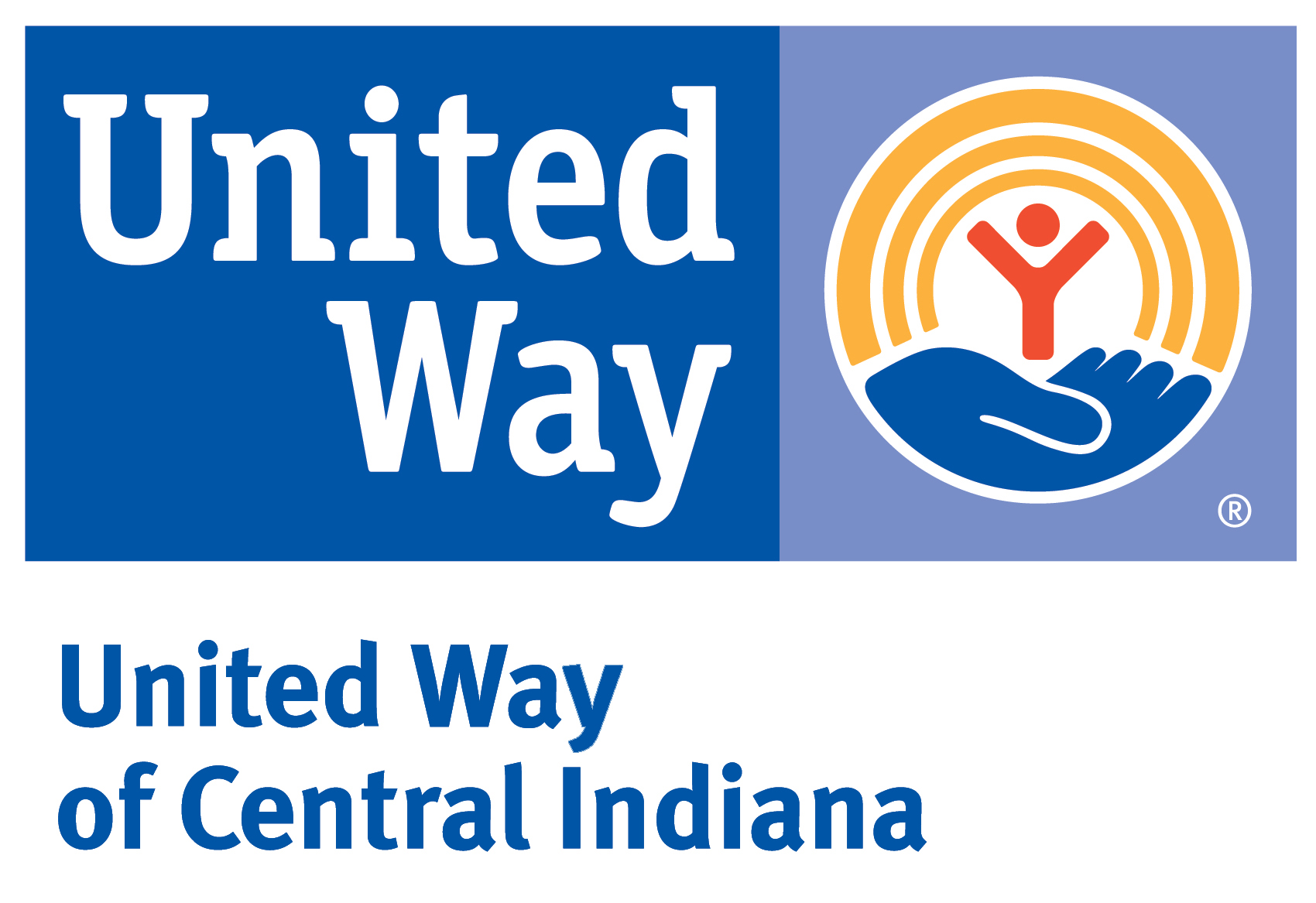Who is in the Marion County Jail? Exploring Length of Stay through an Equity Lens
SAVI Talks - June 16, 2022To better understand the Marion County Jail population, some of the challenges it faces, and how longer-term stays relate to these, we examine inmate and booking data obtained from the Marion County Sheriff’s Office. Our analysis explores length of stay and the presence of mental health and substance use among Marion County Jail inmates, drawing attention to the characteristics of those with longer lengths of stay or charges that might merit alternative responses in the community or reduced jail time. We also examine racial disproportionalities within the jail, as half of inmate bookings in recent years are from the Black community, in comparison to the racial composition of Marion County, which is only 30% Black.
The subsequent findings inform the identification of promising approaches to addressing the size and composition of the local jail population and the needs of those impacted by incarceration. This has the potential to reduce the impact of incarceration on the families of those who are jailed and the socioeconomic fabric of communities.
Rebecca Nannery, Polis Center Sr. Research Analyst, and Matt Nowlin, Interim Community Analysis Manager, present highlights from their research. Katrina Pross, criminal justice reporter at WFYI will moderate a panel discussion. Panelists include Bianca Harris, MS, LMHC, Founder and Owner, The Phoenix Nicolas Center, LLC; Josh Riddick, Organizer for the Black Church Coalition, Faith in Indiana; and James Wilson, CEO, Circle Up Indy, LTD.
Daily Jail Population
Monthly Average, 2013-2021
People with an alert stay in jail longer than others when booked for a felony.
Percent of bookings by highest charge level and presence of alert (people with an alert associated with any booking)
Community Trends Report
SAVI Talks Presentation
Discussion
Here are some questions we received during this event.
Does Marion county jail use the Indiana Risk Assessment System?
Yes, every county in Indiana uses this system, including Marion County Community Corrections. This audit from 2020 contains specifics about the system’s implementation.
Since officers are included on the crisis team and are the ones to complete the evaluation, have they been provided with anti-bias training? Or any specific training related to this program at all?
Yes, all members of MCAT teams receive training, including the officers. Details of the training are explained in this evaluation, but in summary, the training includes a mental health overview, crisis intervention training, police and safety, first aid, and awareness of systems and programs. Also, since 2021, all new recruits undergo an interrupting racism training.
What about trans and non-binary people in jail?
This is a weakness in data collection and data systems at the Marion County Jail, and is a common problem across Indiana. Gender information is only connected as binary “male” or “female” values.
Does this data account for people who had multiple charges?
This analysis does account for people with multiple charges. When discussing statistics about bookings or people, these include bookings and people with multiple charges. When discussing charges or offenses, we associate one charge with each booking: the most severe charge. Each charge has a code that notes its severity. This is a useful lens for analysis, but it does “flatten” some of the depth in the data. The most severe charge may not be the initial offense that caused the police to respond to the incident. For example, a traffic stop could escalate to a charge of resisting arrest.
How do you manage and track bookings data? Does the sheriff give you access to the JailTracker database, or do you house your own database for that and pull the data on a daily basis?
We worked with the Marion County Sherrif’s Office to receive an export of data from their database. We then stored this in our own secure database. Other analysts in Indianapolis have experimented with scraping data directly from the city’s Inmate Lookup Tool.
Are you tracking the social vulnerability index of the community in which each individual booked lives/resides?
This could be the subject of a future analysis. Seventy percent of bookings had the address where the arrest was made, and 98 percent of inmates had a residential ZIP code. Very few inmate records had an exact residential address (0.3 percent).
Are the bookings with a suicide alert also counted among the bookings with a mental health alert?
Yes, suicide alerts and segregation alerts are both subsets of mental health alerts, so they are included.
Do we know how many of those arrested or in jail are “homeless”? And, do we know as people are released from jail if they have a place to go, like a shelter, apartment, etc.?
There were 2,795 inmate records marked as homeless in our dataset. That information essentially was collected beginning in 2018, though a very small number of records have address information (2 percent) before 2018. We do not know where they were released unless it is to a hospital, home detention, or another correctional facility. A focus on these homeless inmates could be the subject of a future analysis.
Where does violent crime like murder fit in?
On any given day, 50 to 60 percent of people in jail are there for a violent offense. Murder is a rare crime, and there have been only 151 bookings for murder since 2018. However, these bookings have resulted in 45,276 bed-days, the 23rd highest of all offenses.
Was there an age stratification?
Date of birth is available in this dataset, but it was not part of this analysis. This would be an important dimension for future analyses.
Articles and Story Maps
Explore other research and interactive content we have developed around equity.
Indiana Geographic Information Council’s (IGIC) Special Achievement in GIS Award
The Polis Center won the Indiana Geographic Information Council’s (IGIC) Special Achievement in GIS Award for the SAVI Coronavirus Data Hub. IGIC President Kari Hicks says, “Given the impact of COVID-19, using GIS to create a dashboard to help inform...
Health and Economic Impact of COVID-19 on Neighborhoods
In this report, we identify the areas in Indianapolis most affected by COVID-19, particularly those already disproportionately affected by poverty; define some of the challenges families in these areas are facing; and explore ways inequity plays a role in the risk,...
Indy Evictions May Reach 34,000 or More in 2020
An increase in unemployment claims could drive the eviction rate from 7 percent in 2016 to 20 percent in 2020, and informal evictions may be twice that.
Police Used Force on 1.3 Percent of Black Residents Since 2015
Police used force over 1,600 times in 2019. Officers use force on black residents at a rate 2.6 times higher than white residents.
Socioeconomic factors explain why some New York ZIP codes were hit hardest by COVID-19
By comparing New York’s COVID-19 test results with demographic and socioeconomic factors by ZIP code, we found that low education levels, crowded housing, and a lack of health insurance are some of the strongest predictors of high COVID-19 positivity rates.
The Inequalities Behind COVID-19 Disparities for African Americans in Indianapolis
COVID-19 positivity rate is 1.8 times higher for blacks than for whites. We explore how systemic inequities put many black individuals at higher risk for getting the virus, having a serious case, and suffering from the economic impacts compared to white residents.
Three Ways to Visualize COVID-19 Race and Gender Disparities
In Indiana, black individuals are 2.4 times more likely to test positive than whites. We look at three different ways to visualize COVID-19 disparities like this.
How long does it take to get to a grocery in each neighborhood?
This past November, we released the report Getting Groceries: Food Access Across Groups, Neighborhoods, and Time. Expanding on this report, we created an interactive map to display food access information for each block group in Marion County. Click on a block group...
Getting Groceries
When people do not have access to healthy food, this can impact their diet, their health, and their quality of life. Food deserts are a way of defining communities that lack healthy food access. These are neighborhoods with both low healthy food access and low income....
After Expansion, Pacers Bikershare Offers Access to 34 Miles of Bike Trails
With the addition of 29 new bikeshare stations, Pacers Bikeshare now makes trips possible on one third of Indy’s bike trail system.
Authors
Rebecca Nannery
Senior Research Analyst,
The Polis Center
Jay Colbert,
Data Manager,
The Polis Center
Erik Steiner
Consulting Research Analyst,
The Polis Center
Matt Nowlin,
Community Analysis Manager,
The Polis Center
Event Partners





